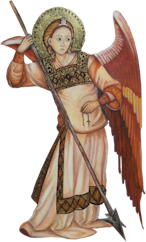Gia Đình Mũ Đỏ Việt Nam
Vùng Thủ đô Hoa Thịnh Đốn & Phụ cận
Hồi ký
Chủ đề:
Vận Tải Cơ Caribou-C47 * QH 30-T4-Đ
Tác giả: KQ Be Van Le
My
Caribou Flight Mechanic Instructor
Huấn
Luyện Viên Cơ khí máy bay Caribou của tôi
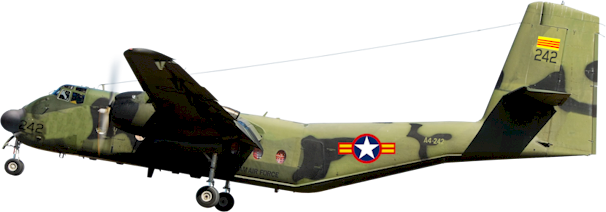
Bấm vào đây để in ra giấy (Print)
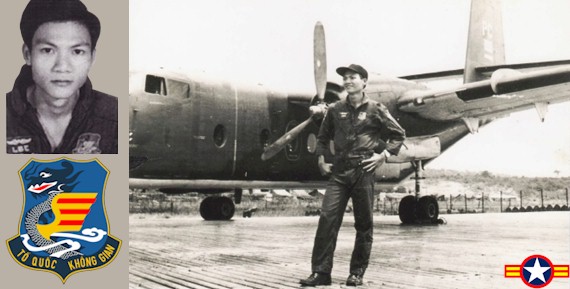
April 2017
C-7A Caribou Association
Page 25
by
Be Van Le [VNAF 431 Sq, 71]
This VNAF article has posted on
C-7A Caribou Association Newsletter
on April 2017, volume 28,
issue 1, pages 25 & 26.
![]()
For
7 months, I took C-119 basic Flight Mechanic (FM) training, then I
started working with the 415th Cargo Squadron (CS) stationed at the
South Vietnamese Air Force (VNAF) 5th Air Division, Tan Son Nhat AB.
I retrained in the C-47. One year, I flew 600 flight hours in the
C-47. In September 1971, half of the FM in the 415th CS (Blue
Dragon) went to Phan Rang AB for training in the C-7A Caribou. MSgt.
Howard was our Caribou FM ground training instructor for two months,
then we started flight training in the Caribou.
Early one morning, I met my Instructor
Flight Mechanic. He was not a very large person like most Americans.
I was impressed with his smooth, shining, combed hair. He look
smart, like rock singer Elvis Presley with a nice voice, a pistol
swinging from a belt hanging around his waist. He looked like a
Texas cowboy in movies I often watched in the theaters. He
introduced himself as SSgt. Lott and asked my name. I answered,
“Sgt. Le.”
He
shook my hand and said, “Le, on our first training mission today, we
will fly to an outpost. Follow me to get your equipment. He talked
as we walked to the Supply Shop like a pair of old friends. He chose
a medium flight helmet from a rack. Handing it to me, he said, “Try
this one.” He guessed my helmet fit exactly. Standing in front of
the Supply section, he asked: “What do you like for your flight
lunch?” Fried chicken was a favorite food for the Vietnamese. I
answered without thinking, “Fried chicken, please.” We got along
with each other so well right from the first moment we met.
On my first two training flights, SSgt.
Lott was very busy training me. At each step of the Exterior
Inspection of the aircraft, he stood for a moment to explain how
each part worked and the limits to fly safely. We walked slowly
around the Exterior Inspection. I noted in my own Vietnamese
notebook, not all, but a part of what he was saying.
In the same way, he taught me the Interior
and Top Aircraft Inspections. He showed me what a Flight Mechanic
does during flight. I tried hard to understand, but I received only
a small part of his teaching due to my limited English.
For many months I worked on my own. I fell
in love with C-7A Caribou Technical Order-2. It became my pillow and
I used an English-Vietnamese dictionary, noting the Vietnamese
meaning of each English letter on all the -2 pages on systems, where
I discovered all of the Caribou’s secrets. It helped to save my life
flying and my survival after the Vietnam War. It helped me be
confident as I became a valuable Caribou Flight Mechanic. I thought
I might become a VNAF C-7A Caribou FM instructor in the future,
which was my bigger dream. If I had a chance to work for the
civilian Air Vietnam, I would earn three times the salary that the
VNAF paid me. My life would change for the better, like our senior,
experienced FM who was working for Air Vietnam.
As we flew back to the base from the
outpost, I was tired and lay on the passenger seat to take a little
nap. SSgt. Lott did not allow me to take a nap. He sat on my belly
to wake me up to study. He taught me to identify the aircraft radios
on the right console behind the copilot seat. He pointed the VHF,
the UHF, the HF, and the FM and told me to repeat after him. Then he
explained the hydraulic reservoir on the left hand side, how to
check and how to refill it. “Better you remember them, okay?” he
said. He was a very responsible FM Instructor. He did not allow me
to take a nap, though, even when I was tired with nothing to do
during the flight back to home base.
On a third training flight, SSgt. Lott
told me, “Today is your turn; you do your own aircraft inspection
like I showed you.” He walked behind and watched my Exterior
Inspection, starting from the left wing tip. I pointed my finger to
the objects that we needed to inspect more than just talking. I
tried to remember what he did, but I forgot many parts. He stopped
and explained which parts were important and where we had to pay
special attention. He pointed his flashlight to several landing gear
parts. He said, “Le, look at the strut. If it shows less than 6
inches, it is not acceptable. Check all the landing gear hydraulic
lines. The hydraulic line connecting nut must not be loose, no oil
leaks. Look at the brake disk, too.” SSgt. Lott was very thorough.
On my first training flight as the primary
FM, our C-7A Caribou moved onto the Phan Rang runway to take off.
Our crew was a USAF Major as Instructor Pilot (I don’t remember his
name), 1st Lieutenant. Do Cu Ba, VNAF (Pilot trainee), SSgt. Lott
(Instructor Flight Mechanic), Sgt. Le (myself, as VNAF Flight
Mechanic trainee), and Khu Hung as loadmaster trainee.
The pilot requested takeoff permission
from the Phan Rang tower and SSgt. Lott allowed me to do the Flight
Mechanic job. He sat in a passenger seat next to me, filling out the
daily in-flight information form. The pilot released the brakes,
pushing the throttles to maximum power for takeoff. Our aircraft
started rolling, gaining speed as it went down the runway. I
carefully observed all the engine indicators at the center of the
pilot’s panel. Suddenly, I saw something wrong with the RPM
indicator. The two RPM indicators showed different speeds. Number
one RPM showed less than 2450 RPM, but number two showed 2700 RPM
(maximum power for takeoff). I quickly made up my mind to stop the
airplane before it lifted off. I pressed the intercom button and
called, “Abort! Abort! Abort!” just before we lifted off the ground.
SSgt. Lott looked at me strangely,
shouting, “What was wrong? What was wrong?” as the pilot pulled the
throttles back and turned the aircraft onto the taxiway. I took off
my seat belt and explained to SSgt. Lott, “The left propeller RPM
didn’t reach 2700 RPM for takeoff.” The pilots parked the aircraft,
set the parking brake, and rechecked the left RPM. They tested it
twice, full throttle and propeller full increase. The RPM indicator#
1 showed less than 2500 RPM.
The Pilot contacted Base Operations to
change the airplane. We took almost 30 minutes checking the new
aircraft and we took off later.
We made a safe landing at Plateau Gi, a
remote Montagnard village with mountains and a beautiful waterfall.
When we got back to Phan Rang AB, before we returned our borrowed
equipment to the Personal Equipment shop, SSgt. Lott said, “Come
with me!” He led me to a large shop with several USAF maintenance
personnel there. He shook hands with an older maintenance man and
introduced me to him. SSgt. Lott told me the man was the USAF
supervisor of the Propeller Shop and proudly talked a little about
me and that I aborted the takeoff that morning on the runway and
why. Then, we went to the Engine Shop and met another chief. We
returned our equipment and we went back to the Caribou squadron
where he talked with MSgt. Howard, our ground instructor trainer,
about our abort.
It was a good day.
My 3rd VNAF article: “Farewell To Tonle
Cham Outpost” My 7th impossible mission in Vietnam War. It should be
post on C-7A Caribou Association Newsletter on Fall 2017 issue.
Great thank you to editor Ron Lester
former USAF C-7A Caribou pilot, who edited my two VNAF articles: My
Caribou Flight Mechanic Instructor and Farewell To Tonle Cham
Outpost. I also thank you to Colonel Pat Hanavan, former USAF
Caribou pilot who edited my article “A Terrified Evacuation Flight”.
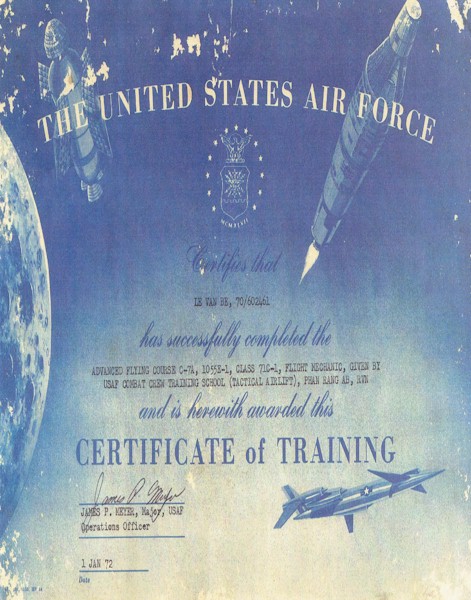
Photo: C-7A Caribou Flight Mechanic Certificate of
Training,
issued by USAF, 1972.
Hình ảnh: Bằng Cơ phi C-7A Caribou
do Không Lực Hoa Kỳ
cấp phát sau khóa
học. Khóa 1/71 Cơ Phi C-7A Caribou do
Không Quân Hoa Kỳ huấn luyện cho Không Quân VNCH tại
Căn cứ Phan Rang, Miền nam Việt nam, năm 1972.
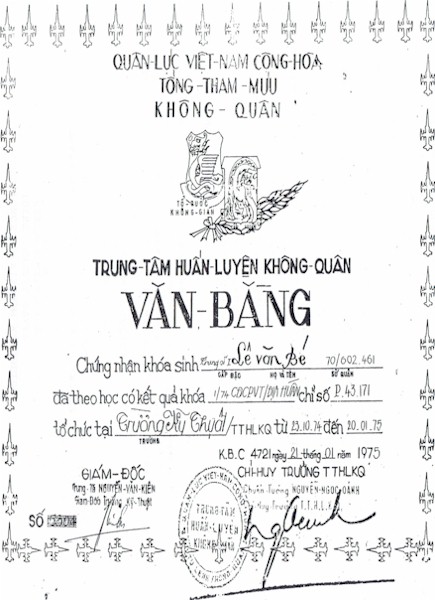
Photo: High Degree of VNAF Cargo Aircraft Flight
Mechanic Certificate of Training, issued by VNAF Mechanical
School of Vietnam Air Force Training Center at Nha Trang, 1975.
Hình ảnh: Bằng Cao Đẳng Cơ Phi Vận
Tải,
khóa 1/74 do Trường Kỹ Thuật của
Trung Tâm Huấn Luyện
Không Quân Nha
Trang cấp phát năm 1975.
KQ Be Van Le
![]()
Bấm vào đây để in ra giấy (Print)
Trung tâm lưu trữ những buổi lễ Mừng Thánh Tổ SĐND/QLVNCH
|
|
Hình nền: VTC Caribou C47. Để xem được trang web này một cách hoàn hảo, máy của bạn cần được trang bị chương trình Microsoft Internet Explorer (MSIE) Ấn bản 9 hay cao hơn hoặc những chương trình Web Browsers làm việc được với HTML-5 hay cao hơn.
Nguồn: Internet E-mail by Thành Giang chuyển
Đăng ngày Chúa Nhật,
April 16, 2017
Ban Kỹ Thuật
Khóa 10A-72/SQTB/ĐĐ, ĐĐ11/TĐ1ND, QLVNCH
GĐMĐVN/Chi Hội Hoa Thịnh Đốn & Phụ cận
P.O.Box 5345 Springfield, Virginia, VA 22150
Điện thoại & Điện thư:
Liên lạc
Trở lại đầu trang





















